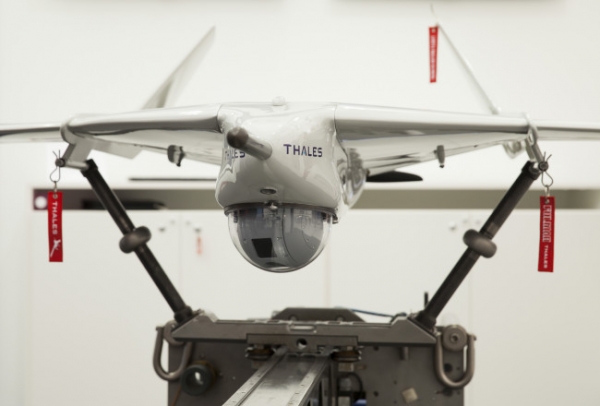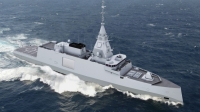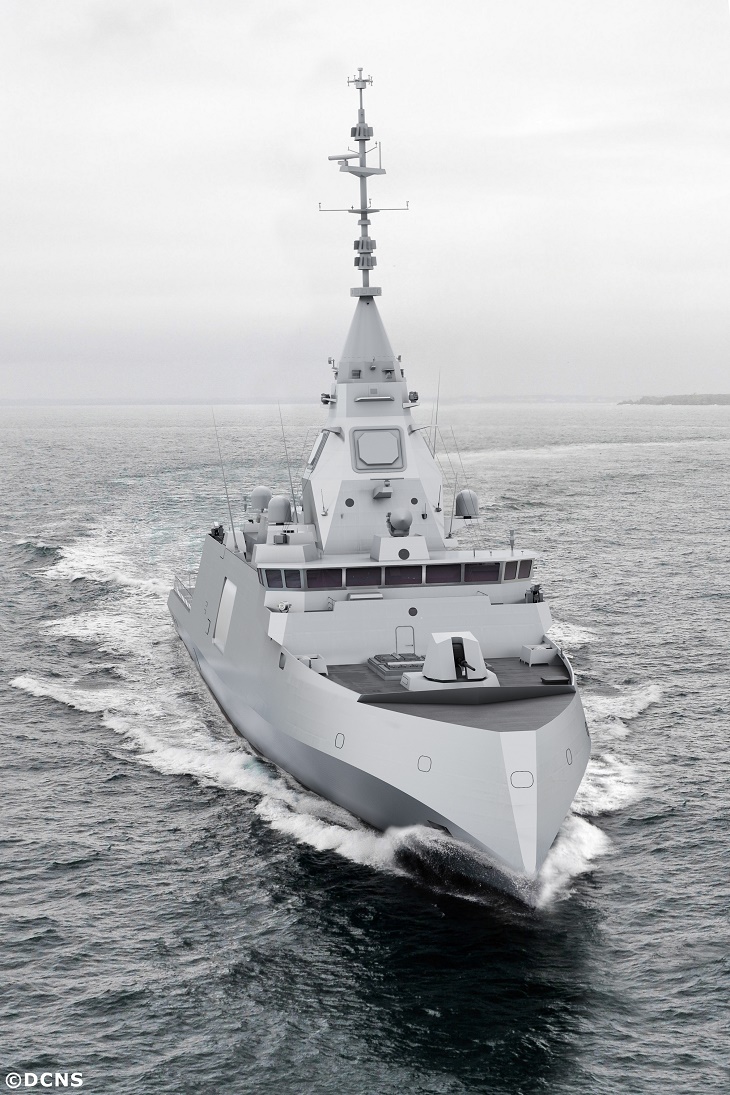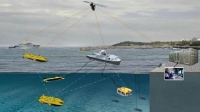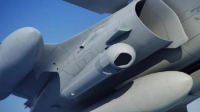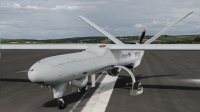It is often the case that the smaller an item, the greater the design effort that goes into it and the new Fulmar X unmanned aerial system (UAS) from Thales proves the point.
Classed as a mini-UAS, Fulmar X may be small, weighing in at 20kg with a 3.1m wingspan, but it offers a capability and flexibility out of proportion to its dimensions.
Developed by Thales Spain and due to enter the market later this year, Fulmar X stands out from its rivals, setting a new benchmark in its class of UAS and complementing the tactical Watchkeeper X in Thales’s range of systems.
Matt Moore, UAS Product Development Manager at Thales, said: “Fulmar is designed for customers who need persistence and high quality sensors but have to work within limited spaces for take-off and recovery. Fulmar offers high mobility with performance.”
Innovative design
Fulmar X’s flying wing fuselage takes advantage of the latest materials, technologies and avionics to optimise performance. A carbon-fibre and Kevlar construction enhances survivability against counter-UAS measures while a lightweight, long-life, all-aluminium engine boosts fuel efficiency and endurance, giving it more than 8 hours on task and a range of up to 80km.
Despite its advanced concept however, simplicity is the watchword; with only a small number of line replaceable units and modular construction, the body is designed for easy maintenance and repair.
The modular approach also extends to Fulmar’s 4kg payload which can be tailored to the customer’s needs. A range of interchangeable sensors based around a 2-inch gimbal design offer HD optical, IR optical, combined electro-optical and IR,.
Easy to use, anywhere
The complete Fulmar X system comprises two vehicles, launch and recovery equipment and a ground control station (GCS) that can all be transported in a medium-sized commercial van or trailer.
From arrival to launch requires just three people and less than 30 minutes. A catapult take-off and automatic unfolded recovery system allow deployment from almost anywhere and, combined with a small logistic footprint, it is a convenient option for a moving platform such as a ship.
The GCS’s stabilised data-link provides a common interface for data sharing and mission control. It is designed to be man-portable for installation in a range of locations from small vehicles to ships. Control of the UAV can also be transferred between GCS.
Multi-role performance
Designed for persistent surveillance and reconnaissance operations where the customer needs to maintain “eyes on” the target for long periods of time, Fulmar X can offer intelligence surveillance and reconnaissance (ISR) capabilities to users across a wide range of applications and in challenging environments.
With a NATO standard and commercial HTML5 interface, Fulmar X can be controlled by, and share intelligence with, military, security and civil systems.
Its control station can integrate into a ship’s mission system, so Fulmar X is equally at home in ocean, littoral and coastal environments as well as patrolling land borders or keeping watch over critical or sensitive land installations.
Its simplicity of design, performance and flexibility make Fulmar X ideally suited to roles from border surveillance, counter-smuggling and fisheries protection, through intelligence missions and security, to emergencies and disaster relief, particularly where rapid deployment is essential in an area with little infrastructure.
Adapt to thrive
The fulmar is a seabird with a rugged capacity for survival. Hunted to near extinction in its home on a remote Scottish island, it can now be found on the English and French coasts.
Like its namesake, Fulmar X has an equally impressive capacity for adaptation to new challenges and environments which makes it an appealing option for customers who need to operate in less than ideal conditions.

